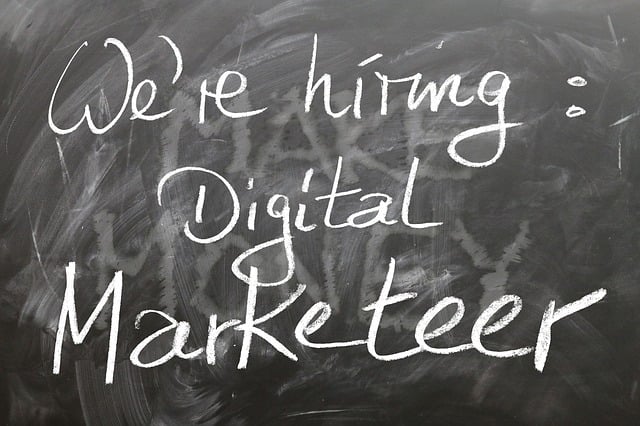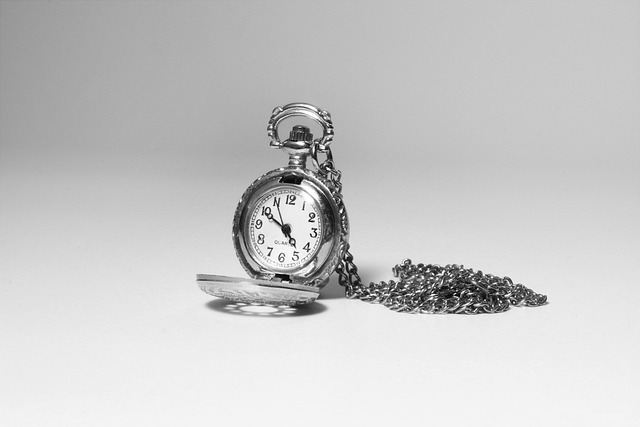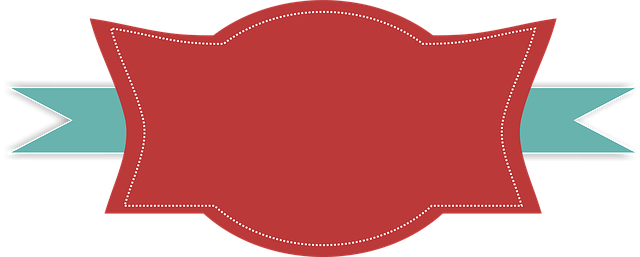In the UK pharmaceutical market, accurate and compliant product label translations are essential for patient safety and regulatory adherence. Engaging specialized translation services for Pharmaceutical Product Labels UK is vital to overcome the challenges of globalization, ensuring clear medication instructions across diverse languages while adhering to MHRA guidelines. These services require deep medical knowledge, human review, and adherence to Good Manufacturing Practices (GMP) to prevent errors that could harm consumers. Advanced machine translation technologies, combined with computer-aided tools, enhance consistency and quality in managing large-scale content, meeting stringent industry standards for accurate pharmaceutical label translations.
In the global pharmaceutical market, ensuring accurate translations of product labels is paramount. Mistranslations can lead to serious health risks and legal complications, especially in the UK with its stringent regulations. This article explores the significance of precise label translations in pharmaceuticals, common challenges faced by industry professionals, and best practices for quality assurance. We delve into choosing the right language experts, navigating legal requirements, leveraging technology, and maintaining consistency across languages, offering valuable insights for brands utilizing translation services for pharmaceutical product labels in the UK.
- The Significance of Accurate Translations in Pharmaceuticals
- Common Challenges in Pharmaceutical Label Translation
- Best Practices for Quality Assurance in Translation Services
- Choosing the Right Language Experts for Product Labels
- Legal and Regulatory Considerations for Translated Labels in the UK
- Technology's Role in Enhancing Translation Accuracy
- Strategies to Maintain Consistency Across Different Languages
The Significance of Accurate Translations in Pharmaceuticals
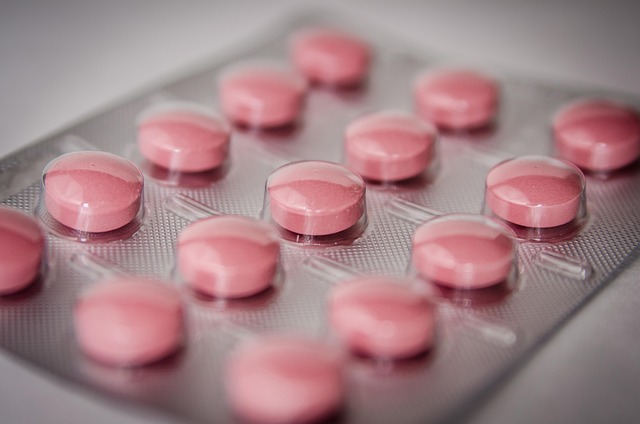
In the pharmaceutical industry, where precision and patient safety are paramount, accurate translations hold immense significance. When a medication is marketed globally, ensuring that the product label information is correctly translated is crucial for several reasons. A single error in a prescription drug’s instructions or contraindications can lead to severe consequences for patients, potentially causing misdoses or misunderstood side effects.
Translation services for pharmaceutical product labels in the UK are not just about converting words from one language to another; they demand a deep understanding of medical terminology and local regulations. Professional translators must possess expertise in pharmacology to convey complex medical information accurately, ensuring that global consumers receive clear instructions and warnings on their medication packaging. This meticulous process is vital for maintaining high safety standards across international markets.
Common Challenges in Pharmaceutical Label Translation
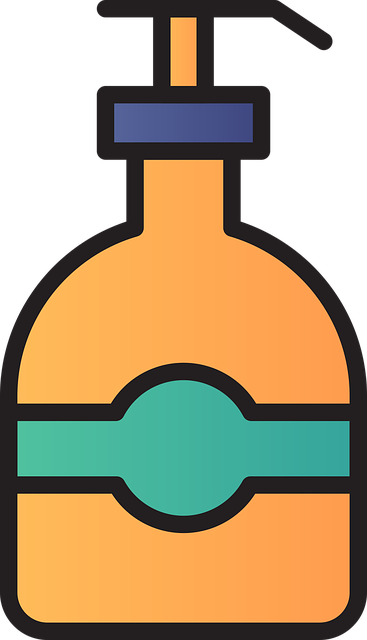
The translation of pharmaceutical product labels presents unique challenges due to the critical nature of the information conveyed and stringent regulatory requirements across global markets. One of the primary hurdles is ensuring accurate and consistent terminology, as medical terms can be highly specialized and context-dependent. Mistranslations or misinterpretations could lead to serious safety risks for patients and legal consequences for manufacturers.
Another common challenge is adapting labels to local cultural norms and language preferences while maintaining regulatory compliance. Different countries have varying expectations regarding the presentation of information, including font size, format, and even the inclusion of specific warnings or instructions. Relying on generic translations without considering these nuances can result in labels that are confusing or unacceptable to local regulators and consumers. Therefore, it’s crucial to engage professional translation services specializing in pharmaceutical product labels (Translation Services for Pharmaceutical Product Labels UK) to navigate these complexities effectively.
Best Practices for Quality Assurance in Translation Services

When it comes to translation services for pharmaceutical product labels in the UK, quality assurance is paramount. The accuracy and clarity of these labels are critical, as they convey vital information about medication use, potential risks, and dosage instructions. To ensure top-tier results, translate your product labels with reputable agencies that employ best practices in their QA processes.
These best practices should include thorough review and editing by human translators and linguists who understand medical terminology. Automated translation tools alone may not capture nuanced language or cultural differences. Additionally, a robust system for validating translations against the source content is essential. This involves double-checking each translated label for accuracy, grammar, and readability before finalization. Such meticulous attention to detail safeguards against errors that could have serious consequences in the pharmaceutical industry.
Choosing the Right Language Experts for Product Labels

When it comes to pharmaceutical product labels, precision and clarity are paramount. Choosing the right language experts is a critical step in ensuring accurate translations that meet regulatory requirements. Look for translation services with experience specifically in pharmaceutical labelling, understanding not just the language but also the industry’s unique terminology and safety standards.
In the UK, where diverse languages are spoken, it’s essential to partner with professionals who offer high-quality translations for a wide range of languages. Reputable translation services will employ native speakers and subject matter experts to guarantee accuracy and avoid potential errors that could have serious consequences. They should also follow good manufacturing practices (GMP) to ensure compliance with regulatory bodies like the MHRA.
Legal and Regulatory Considerations for Translated Labels in the UK
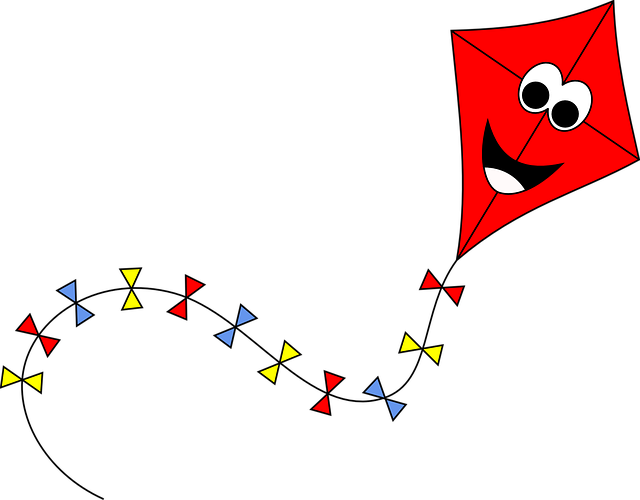
In the UK, the translation of pharmaceutical product labels is subject to stringent legal and regulatory requirements aimed at ensuring consumer safety and protection. The Medicines and Healthcare products Regulatory Agency (MHRA) sets the standards for labeling, including the content and presentation of information on medicine packaging. When translating labels for pharmaceutical products destined for the UK market, it’s crucial to engage professional translation services that understand these regulations.
Translation errors in drug labeling can have severe consequences, including legal repercussions and potential harm to consumers. The MHRA mandates that translated labels must be an accurate reflection of the original, with no additions or omissions. This includes adhering to specific formatting, terminology, and syntax guidelines to avoid misinterpretation and ensure patient safety. Engaging reputable translation services specializing in pharmaceutical product labeling ensures compliance with these stringent standards, thereby facilitating efficient market entry for pharmaceutical companies.
Technology's Role in Enhancing Translation Accuracy
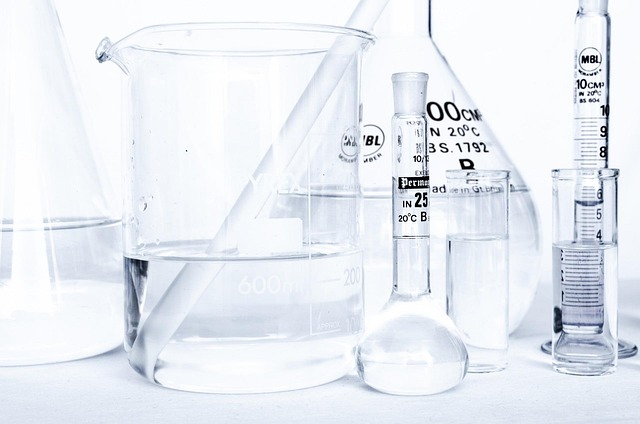
In today’s globalized market, ensuring accurate and consistent product labeling across different languages is more important than ever, especially in regulated industries like pharmaceuticals. This is where technology plays a pivotal role in enhancing translation accuracy for pharmaceutical product labels in the UK. Advanced machine translation (MT) platforms and neural machine translation (NMT) algorithms have revolutionized the way we approach multilingual content creation.
These technologies use sophisticated artificial intelligence to analyze vast amounts of data, enabling them to learn from human translations and improve over time. For instance, NMT models can capture complex grammatical structures and semantic nuances in source languages, resulting in more precise and fluent translated texts. Moreover, integration with computer-aided translation (CAT) tools allows for better management of large volumes of content, ensuring that terminology consistency is maintained across the entire product label translation process. Translation services specializing in pharmaceutical labels leverage these technological advancements to deliver high-quality, error-free translations, meeting stringent industry standards and regulatory requirements in the UK market.
Strategies to Maintain Consistency Across Different Languages

Maintaining consistency across different languages in pharmaceutical product labels is paramount to ensure clear communication and patient safety, especially with translation services for pharmaceutical product labels UK. A key strategy involves employing professional translators who are not just linguistically proficient but also have a strong understanding of medical terminology in both source and target languages. This expertise ensures that technical terms are accurately translated, preserving the original meaning and intent.
Additionally, implementing a robust quality assurance process is essential. This includes proofreading, editing, and cross-referencing translations against the original content. Using specialized software for translation memory and term management can also help maintain consistency, as it stores previously translated terms and phrases, reducing potential errors and ensuring uniformity across languages.
Accurate pharmaceutical product label translation is paramount in the global healthcare market. By addressing common challenges, implementing best practices, and leveraging technology, brands can ensure their UK-based products convey vital information effectively to diverse linguistic audiences. Choosing the right language experts and understanding legal considerations are also key to maintaining consistency across different languages, thereby enhancing patient safety and regulatory compliance for translation services in the pharmaceutical sector.
